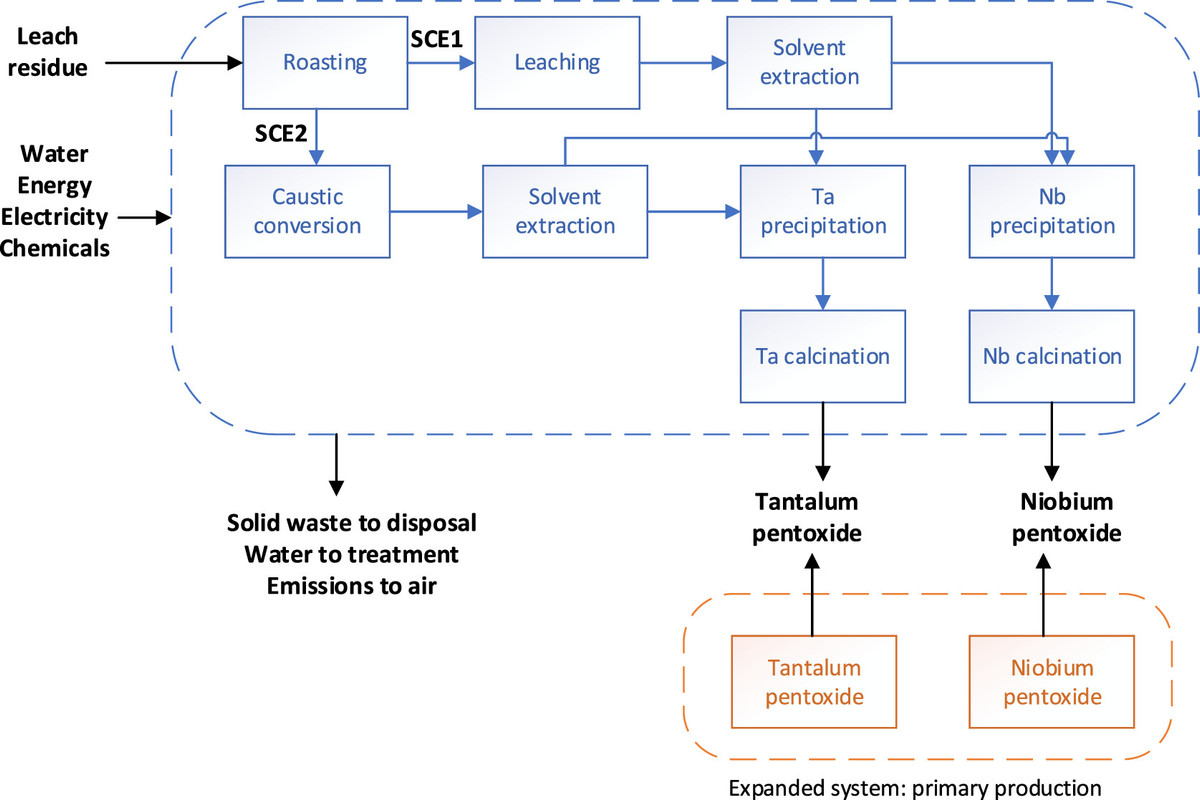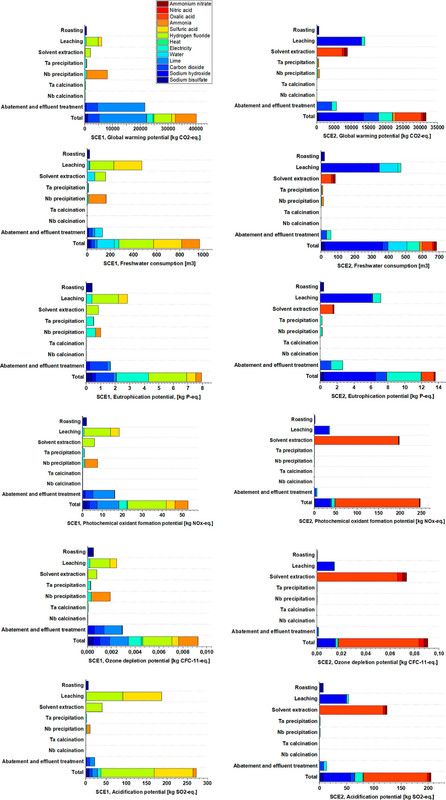Science
Related: About this forumLife Cycle Analysis of Recycling Tantalum and Niobium.
Among the critical metals, tantalum, on which many high tech capacitors depend, and niobium, a component of certain steels, trouble me quite a bit.
One of the critical uses for these metals is in machine tools.
We are mining the shit out of the planet at an accelerating pace, and I am very concerned about what we are leaving for future generations. It looks like they're going to have to sort through our garbage dumps.
Hence this paper was of interest to me: Life Cycle Assessment of Tantalum and Niobium Recycling from Hard Metal Scrap, Riina Aromaa, Marja Rinne, and Mari Lundström ACS Sustainable Chemistry & Engineering 2023 11 (41), 14997-15005
Look, we act as if recycling is a magic panacea. It isn't. It always involves a lot of energy, and the rate of success is dependent on many factors, not the least of which is the physical efficiency with which materials can be collected and concentrated. There will always be inevitable losses.
The most obvious failure of the handwaving magic that was attributed to "we'll recycle" is the plastics industry. Every living thing on this planet pretty much now contains plastic particles. So much for magic.
The paper at the link is open source and available to the public. Nevertheless a few excerpts are in order:
Chemical hard metal recycling processes can treat any quality of scrap material and typically recover the tungsten and cobalt contained in the scrap material. Hard metals may also contain carbides, nitrides, or carbonitrides of other metals used, e.g., coatings or grain growth inhibitors. (2) Of these, there has been interest in recovering the tantalum and possibly niobium contained in the solid residue following the recovery of cobalt by leaching. Cubic carbides of Ta and Nb are used in considerable amounts in, e.g., cutting tools that have a high recycling rate. (3)
Both tantalum and niobium are included in the EU list of critical raw materials. Tantalum is an important material for the tooling industry and cannot be replaced in its applications without loss of performance. 10% of EU tantalum consumption of 395 tonnes was used for carbides between 2012 and 2016. Production of tantalum and niobium is geographically highly concentrated. There is no production of tantalum or niobium in the EU, but various recyclers process secondary tantalum materials...(4)
...The post-consumer recycling rate of tantalum in general, however, is very low as the recyclability of tantalum from their main use in capacitors remains virtually nonexistent. (5) Considering the criticality of both metals...
I added the bold.
A graphic on process chemistry, with insight to outflows:

The caption:
Environmental impacts:

The caption:
Often we hear of "breakthroughs" in the common media in connection with those things with which we seek to invest wishful thinking; most often these are connected with magical thinking about energy.
The authors of this paper, happily with appropriate seriousness, offer the reality in the conclusion that lab scale stuff is very, very, very different from establishing viable industrial processes.
Have a nice weekend.